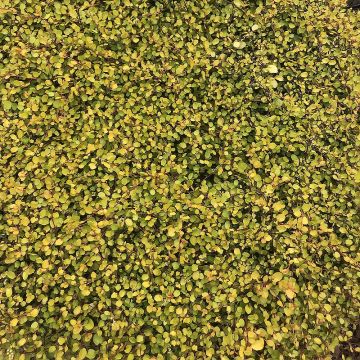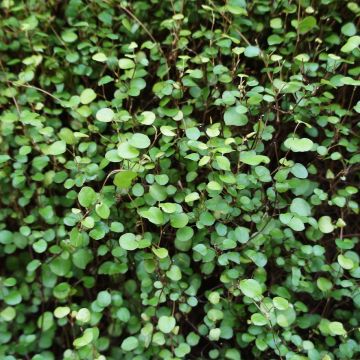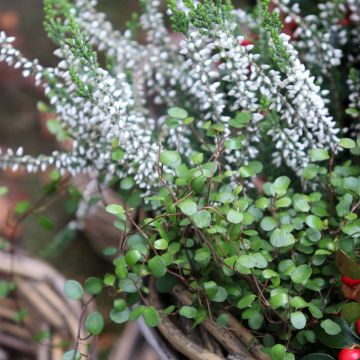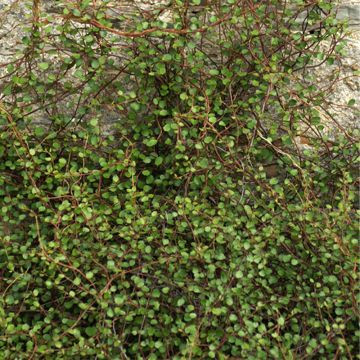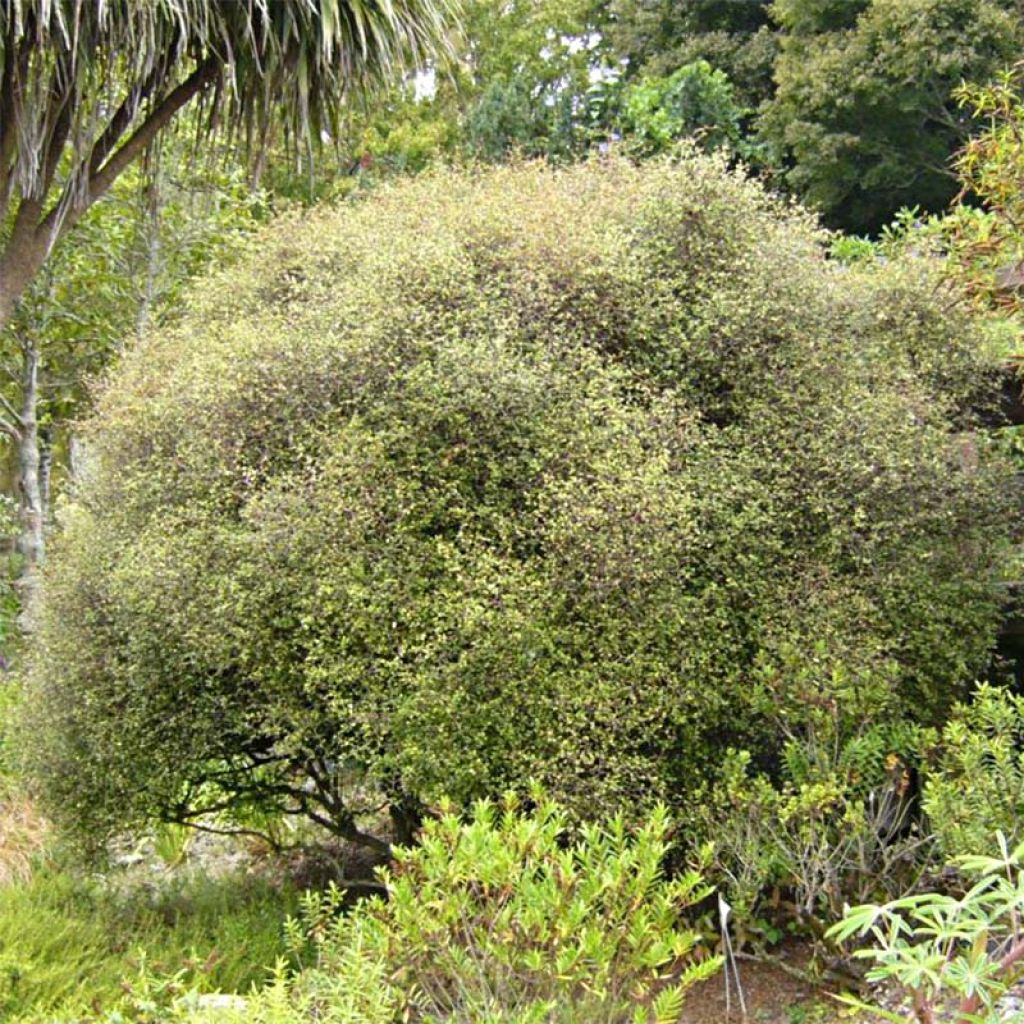

Muehlenbeckia astonii
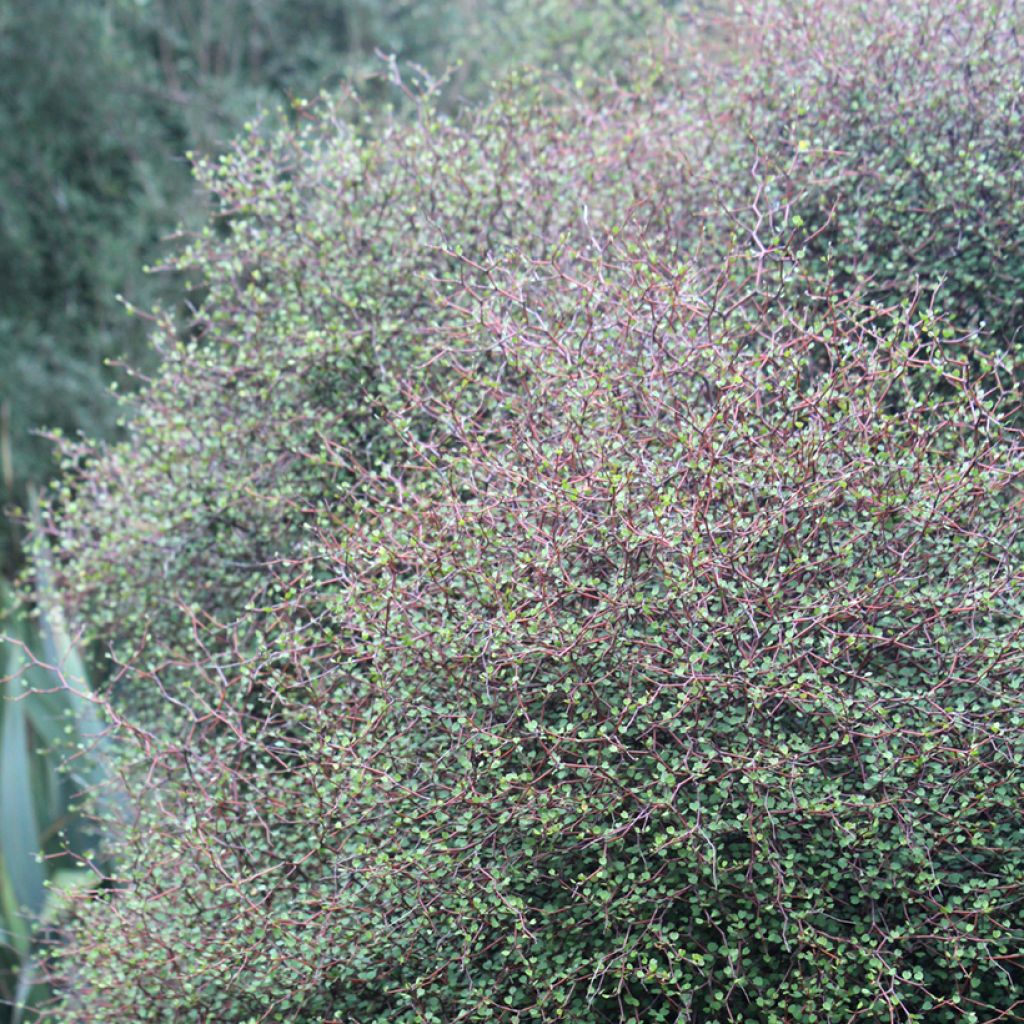

Muehlenbeckia astonii
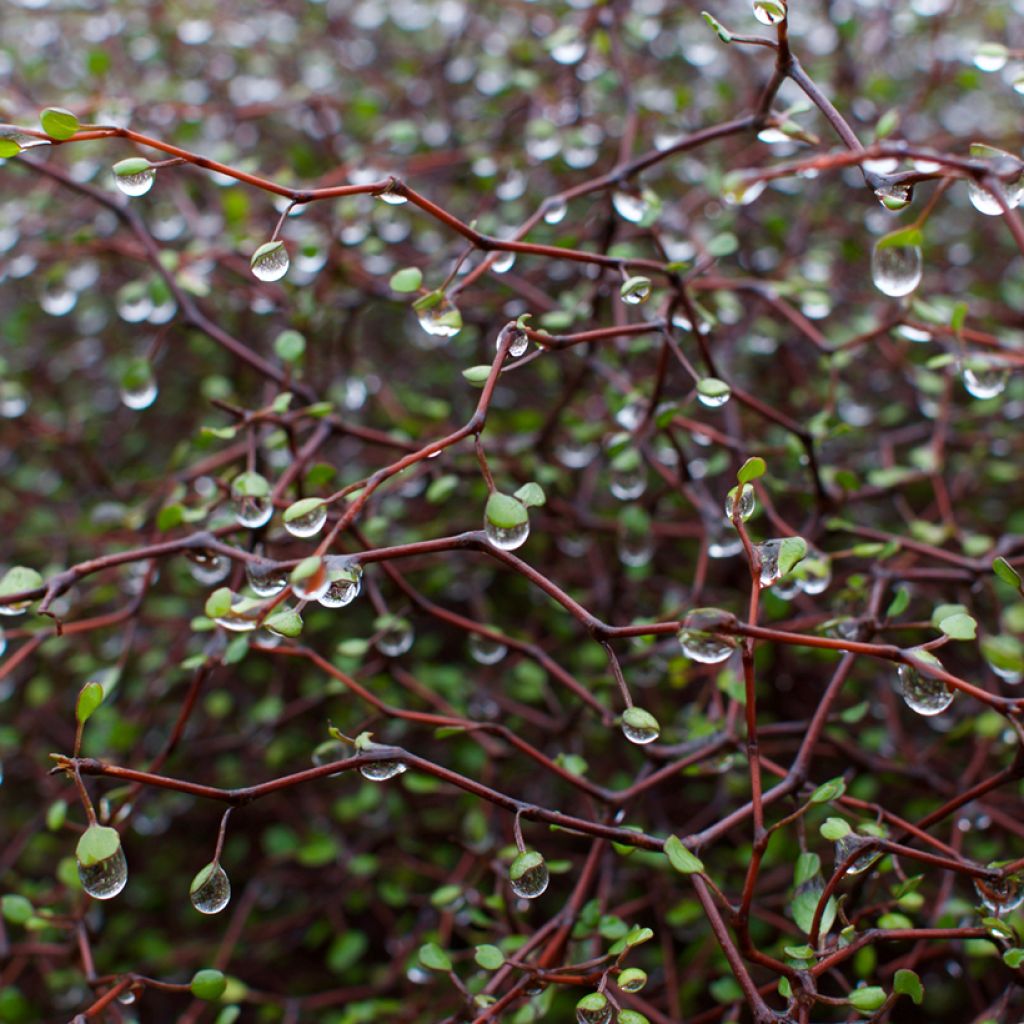

Muehlenbeckia astonii
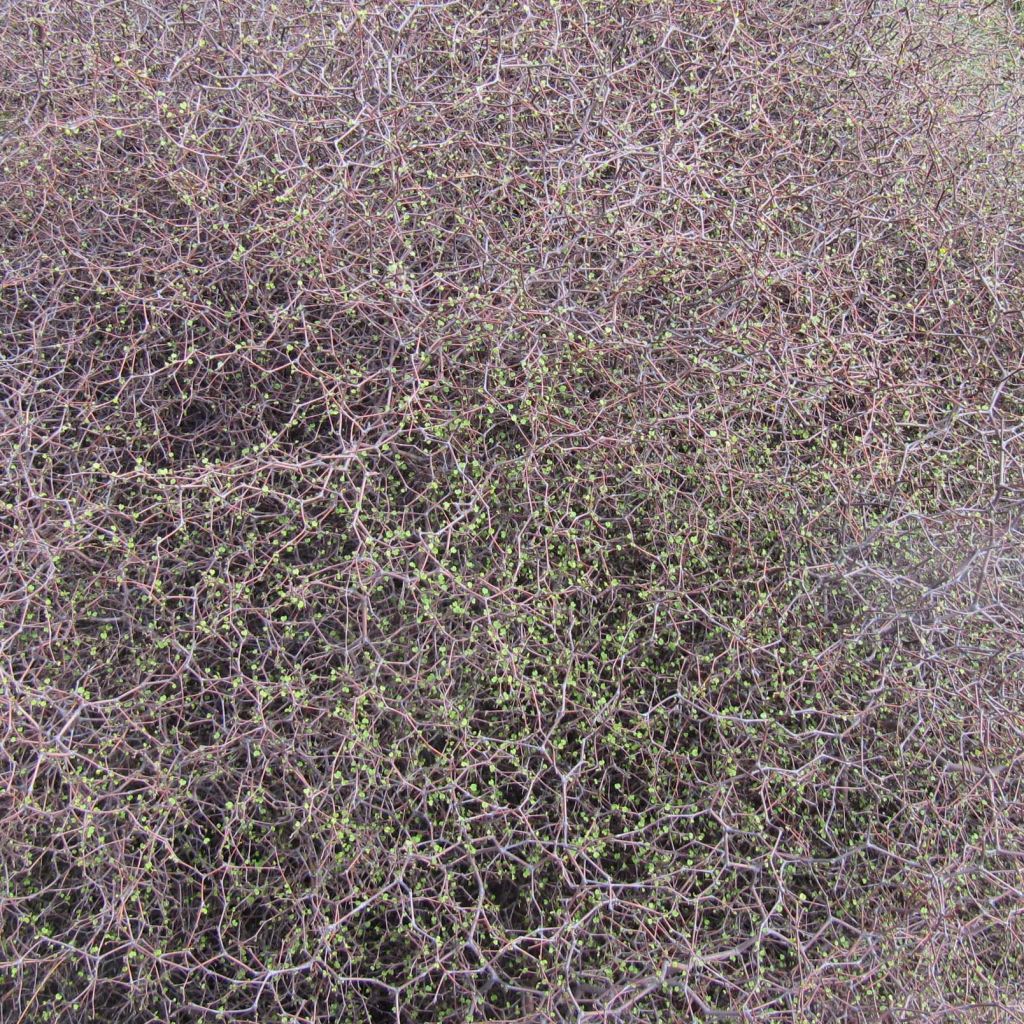

Muehlenbeckia astonii


Muehlenbeckia astonii
Muehlenbeckia astonii
Muehlenbeckia astonii
Wharariki, Wiggywig, Shrubby tororaro
Special offer!
Receive a €20 voucher for any order over €90 (excluding delivery costs, credit notes, and plastic-free options)!
1- Add your favorite plants to your cart.
2- Once you have reached €90, confirm your order (you can even choose the delivery date!).
3- As soon as your order is shipped, you will receive an email containing your voucher code, valid for 3 months (90 days).
Your voucher is unique and can only be used once, for any order with a minimum value of €20, excluding delivery costs.
Can be combined with other current offers, non-divisible and non-refundable.
Why not try an alternative variety in stock?
View all →This plant carries a 24 months recovery warranty
More information
We guarantee the quality of our plants for a full growing cycle, and will replace at our expense any plant that fails to recover under normal climatic and planting conditions.
Would this plant suit my garden?
Set up your Plantfit profile →
Description
Muehlenbeckia astonii, also known as the "shrubby tororaro" and "wiggy-wig bush" in its native New Zealand, is a deciduous bush worthy of appearing on a canvas by surrealist painter Max Ernst, who often depicted twisted vegetation masses against a desolate landscape. This strange plant forms a cloudy mass of undefinable and changing colour, supported by a dense structure with a zig-zag mesh. Once defoliated in autumn and winter, the slender and differently coloured stems give the overall appearance of a giant wig with swirling tones. The plant discreetly flowers in green and white during summer. The female plants bear small edible walnuts after flowering, which may have earned this astonishing creature its name of "bush lentil". Extravagant and extremely sculptural, it is also a contrasting bush, valuable for creating surprising hedges in dry gardens and coastal areas. As it lends itself well to topiary art, it can fulfil the creative gardener's every fancy!
Muehlenbeckia astonii belongs to the Polygonaceae family, a cousin of sorrel and knotweed. This bush is endangered in its native habitats. It is endemic to small areas located at the southern tip of the North Island, the eastern coast of the South Island, and the southeast of the Banks Peninsula. It is often found on the edges of forests, especially in the beds of watercourses, on alluvial terraces, and on overhanging rock walls. In this dioecious bush, there are female plants with fertile flowers distinct from male plants.
It prefers well-drained and dry soil. It is hardy down to -10 to -12°C (14 to 10.4°F), and tolerates wind and sea spray perfectly. It has a generally rounded and densely bushy habit, supported by numerous slender branches that grow in a zig-zag pattern. Its remarkable hues range from reddish-brown to reddish-orange or purplish. Its growth rate is quite fast. An adult specimen will reach an average size of 1.5m (5ft) in all directions. Depending on the climate and protection from strong winds, it can reach 2m (7ft) or more. Its deciduous foliage consists of tiny heart-shaped leaves, a few millimetres long, arranged in clusters of two or three units along the branches in an alternate pattern. They are medium green in colour. The flowering takes place in August-September in our climate. The flowers are tiny, grouped in clusters of 2 to 4 units, measuring less than 1cm (1in) in diameter. Their colour ranges from greenish to white or white-pink. The fruits on the female plants, when male plants are present, take the form of small three-angled black fruits, measuring 3 to 4mm (1in) in diameter. Their edible flesh has a flavour reminiscent of lychee.
Imagine a hedge or the back of a bed forming a genuine mist in shades of old red, burnt orange, or burgundy wine, with a somewhat uncertain bronze green in spring. If you appreciate our local wig tree, the Cotinus, you will surely be charmed by Muehlenbeckia astonii. If your climate allows, give this bush a home. Enthusiasts of sculptural plants can plant it with Sarcopoterium spinosum, a bush that forms a thorny cushion in arid lands. It will also please lovers of topiary and stylised or minimalist designs. It tolerates pruning perfectly and can also be grown in containers, shaped into regular balls or pyramids, according to each gardener's desires, creating a surprising setting that will astonish all visitors. A textural plant, the bush lentil benefits from being planted with complementary plants such as Phormium tenax 'Purpureum', tall grasses (Panicum, Miscanthus), or more modest 'herbs' with spectacular flowering such as Muhlenbergia capillaris or Stipa. In a mild or coastal climate garden, beautiful Australian shrubs such as Westringia fruticosa, Leptospermum, Grevillea, and Melaleuca are also good companions for this truly endearing plant.
Report an error about the product description
Muehlenbeckia astonii in pictures
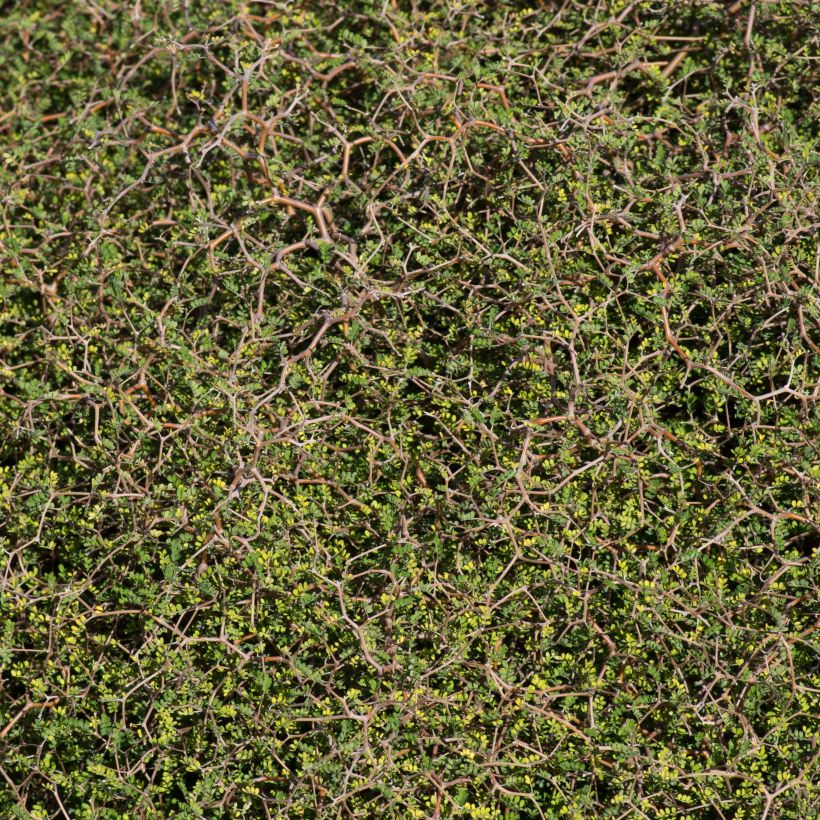

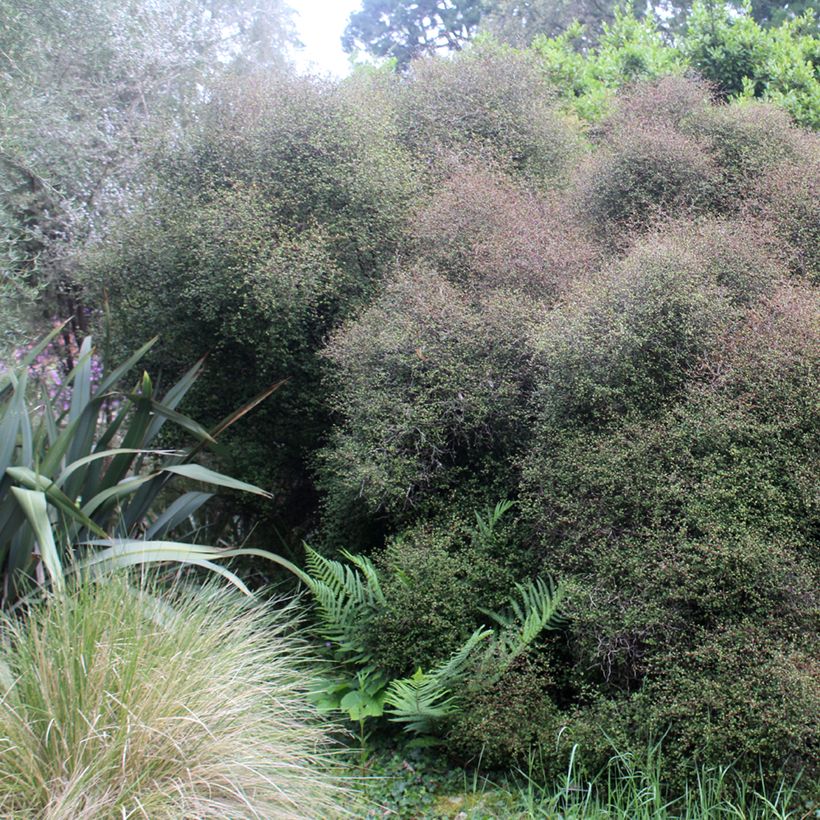

Plant habit
Flowering
Foliage
Botanical data
Muehlenbeckia
astonii
Polygonaceae
Wharariki, Wiggywig, Shrubby tororaro
Oceania
Other Muehlenbeckia
View all →Planting and care
Plant according to the regions. Plant in spring, after the last frost, in areas with limited hardiness. In hot and dry regions, plant in early autumn. Choose a sunny exposure in mild and humid climates, or partial shade (shade in the afternoon and evening) in hot and dry regions. It prefers sandy, gravelly, poor, well-drained soils with acidic to neutral pH. It will tolerate the presence of stones and limestone. It is an extremely robust plant that only fears severe frosts. In well-drained soil, it will withstand brief frosts of around -10 to -12 °C (14 to 10.4°F).
Muehlenbeckia astonii is a drought-resistant plant once well-established. Monitor watering during the first 2 summers. Watering will become optional or unnecessary afterwards, except in the case of abnormally prolonged drought. Like lavender and rosemary, these bushes sometimes prefer to be forgotten rather than pampered. Regular but spaced watering from spring to the end of summer, as well as adding compost in spring, allows for its cultivation in pots under good conditions.
It tolerates pruning well, even quite severe, which allows it to be shaped into a well-calibrated hedge or topiary. To maintain a dense habit, perform annual pruning in March.
Planting period
Intended location
Care
Planting & care advice
This item has not been reviewed yet - be the first to leave a review about it.
Haven't found what you were looking for?
Hardiness is the lowest winter temperature a plant can endure without suffering serious damage or even dying. However, hardiness is affected by location (a sheltered area, such as a patio), protection (winter cover) and soil type (hardiness is improved by well-drained soil).

Photo Sharing Terms & Conditions
In order to encourage gardeners to interact and share their experiences, Promesse de fleurs offers various media enabling content to be uploaded onto its Site - in particular via the ‘Photo sharing’ module.
The User agrees to refrain from:
- Posting any content that is illegal, prejudicial, insulting, racist, inciteful to hatred, revisionist, contrary to public decency, that infringes on privacy or on the privacy rights of third parties, in particular the publicity rights of persons and goods, intellectual property rights, or the right to privacy.
- Submitting content on behalf of a third party;
- Impersonate the identity of a third party and/or publish any personal information about a third party;
In general, the User undertakes to refrain from any unethical behaviour.
All Content (in particular text, comments, files, images, photos, videos, creative works, etc.), which may be subject to property or intellectual property rights, image or other private rights, shall remain the property of the User, subject to the limited rights granted by the terms of the licence granted by Promesse de fleurs as stated below. Users are at liberty to publish or not to publish such Content on the Site, notably via the ‘Photo Sharing’ facility, and accept that this Content shall be made public and freely accessible, notably on the Internet.
Users further acknowledge, undertake to have ,and guarantee that they hold all necessary rights and permissions to publish such material on the Site, in particular with regard to the legislation in force pertaining to any privacy, property, intellectual property, image, or contractual rights, or rights of any other nature. By publishing such Content on the Site, Users acknowledge accepting full liability as publishers of the Content within the meaning of the law, and grant Promesse de fleurs, free of charge, an inclusive, worldwide licence for the said Content for the entire duration of its publication, including all reproduction, representation, up/downloading, displaying, performing, transmission, and storage rights.
Users also grant permission for their name to be linked to the Content and accept that this link may not always be made available.
By engaging in posting material, Users consent to their Content becoming automatically accessible on the Internet, in particular on other sites and/or blogs and/or web pages of the Promesse de fleurs site, including in particular social pages and the Promesse de fleurs catalogue.
Users may secure the removal of entrusted content free of charge by issuing a simple request via our contact form.
The flowering period indicated on our website applies to countries and regions located in USDA zone 8 (France, the United Kingdom, Ireland, the Netherlands, etc.)
It will vary according to where you live:
- In zones 9 to 10 (Italy, Spain, Greece, etc.), flowering will occur about 2 to 4 weeks earlier.
- In zones 6 to 7 (Germany, Poland, Slovenia, and lower mountainous regions), flowering will be delayed by 2 to 3 weeks.
- In zone 5 (Central Europe, Scandinavia), blooming will be delayed by 3 to 5 weeks.
In temperate climates, pruning of spring-flowering shrubs (forsythia, spireas, etc.) should be done just after flowering.
Pruning of summer-flowering shrubs (Indian Lilac, Perovskia, etc.) can be done in winter or spring.
In cold regions as well as with frost-sensitive plants, avoid pruning too early when severe frosts may still occur.
The planting period indicated on our website applies to countries and regions located in USDA zone 8 (France, United Kingdom, Ireland, Netherlands).
It will vary according to where you live:
- In Mediterranean zones (Marseille, Madrid, Milan, etc.), autumn and winter are the best planting periods.
- In continental zones (Strasbourg, Munich, Vienna, etc.), delay planting by 2 to 3 weeks in spring and bring it forward by 2 to 4 weeks in autumn.
- In mountainous regions (the Alps, Pyrenees, Carpathians, etc.), it is best to plant in late spring (May-June) or late summer (August-September).
The harvesting period indicated on our website applies to countries and regions in USDA zone 8 (France, England, Ireland, the Netherlands).
In colder areas (Scandinavia, Poland, Austria...) fruit and vegetable harvests are likely to be delayed by 3-4 weeks.
In warmer areas (Italy, Spain, Greece, etc.), harvesting will probably take place earlier, depending on weather conditions.
The sowing periods indicated on our website apply to countries and regions within USDA Zone 8 (France, UK, Ireland, Netherlands).
In colder areas (Scandinavia, Poland, Austria...), delay any outdoor sowing by 3-4 weeks, or sow under glass.
In warmer climes (Italy, Spain, Greece, etc.), bring outdoor sowing forward by a few weeks.






























